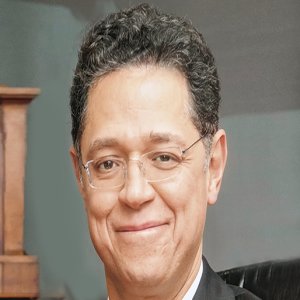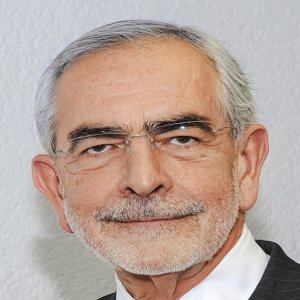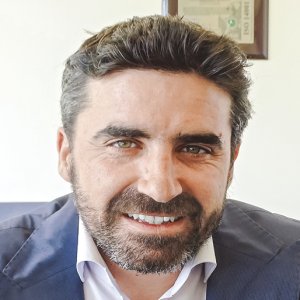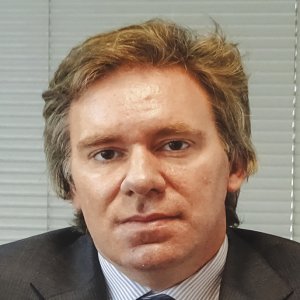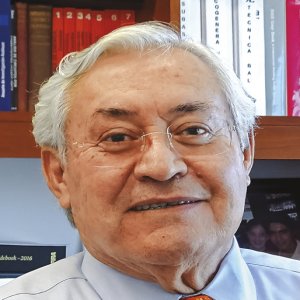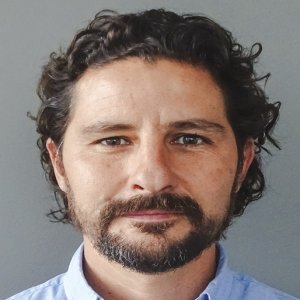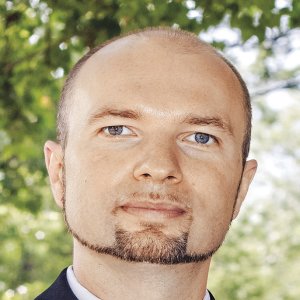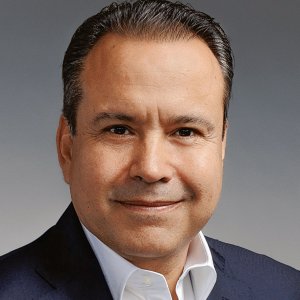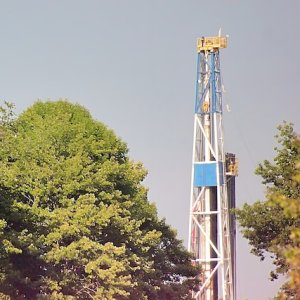Standarizing the Industry Will Promote Innovation

STORY INLINE POST
Monitoring and setting standards sounds far removed from the innovative work happening in dynamic sectors like energy, but for industries to thrive and make the most of their talent and resources, certification and standardization are critical. Companies like Mexico’s ANCE work in the background to help set the parameters and reduce wasted effort, according to the firm’s CEO Abel Hernández. ANCE, a company with over 20 years of experience in the certification business in Mexico, helps incoming companies adapt to the rules and regulations of the new energy market. The firm acts as a facilitator with deep knowledge of the business and also networks with regulators to help them modernize the regulatory framework.
Innovation, Hernández says, moves the world by working within predetermined standards, mostly international ones that allow for more efficient use of resources. International standards “help reduce the innovation curve by setting the requirements for use of each product,” he says. “From there, after validating a product’s usefulness, you can see the margin for improvement.” Companies like ANCE are very much in the thick of this modernization process and paradigm shift. “Our role,” he says, “is to standardize products and subsystems designed to work among greater systems for optimal energy performance. There is very intense activity coming Mexico’s way in terms of the Internet of Things (IoT), smart grids, smart houses and other such technologies and it all depends on standards and regulations.”
Updating Mexico’s aging and previously monopolistic electric infrastructure to fit a more dynamic and interactive market is complex. “It is not enough to graft microprocessors and software. The infrastructure itself, the towers, cables and nodes need updating to reach the objective of efficiency, safety and sustainability,” Hernández says. Mexico is also working toward innovation, with smart meters and substations, as well as transmission lines that not only carry electricity but also telecommunications services, he adds.
ANCE sees Mexican authorities like the CRE putting in a remarkable effort to resolve complex issues. “Mexico is responding, in regulatory terms, to the best practices recommended by the Organization for Economic Cooperation and Development (OECD) in terms of governance, with autonomous regulatory entities not beholden to the incumbent administration and a well- defined, long-term outlook,” Hernández says.
The firm, which is qualified to help with certifications such as ISO 50001 for energy management systems, sees the changes happening in the country’s power market creating openings for third-party authorized units to help both industry players and regulators increase their efficiency. “In this changing environment, the role of third-party authorized units is to support regulators as they inspect new players and to certify their performance parameters, especially since regulators cannot cope with the demand for these services on their own, particularly not after the budget cuts. This is why entities like ours exist: to guarantee trust,” Hernández says.
Inspection and standardization are best practices to be followed. “We see a great opportunity as a facilitator. Our main component is standardization and support with technical regulations. In the case of energy we work with the Ministry of Economy on general goods and we work with CRE’s consultative committee on normalization, where we are working on the grid’s technical standards for safety, efficiency and sustainability.” In five years, ANCE would like to boast about the regulatory work it did to help accomplish the government’s goals through CRE’s consultative committee and also to become a leader in the inspection business in energy interconnection for the main load sites, Hernández adds.
Projects like the inspection of a high-voltage transmission line in the Tehuantepec Isthmus, launched in late 2016, and even the load site for the New Mexico City International Airport (NAICM) could be right down ANCE’s alley. “These large projects interact with the electricity grid so they also have to be inspected periodically.
